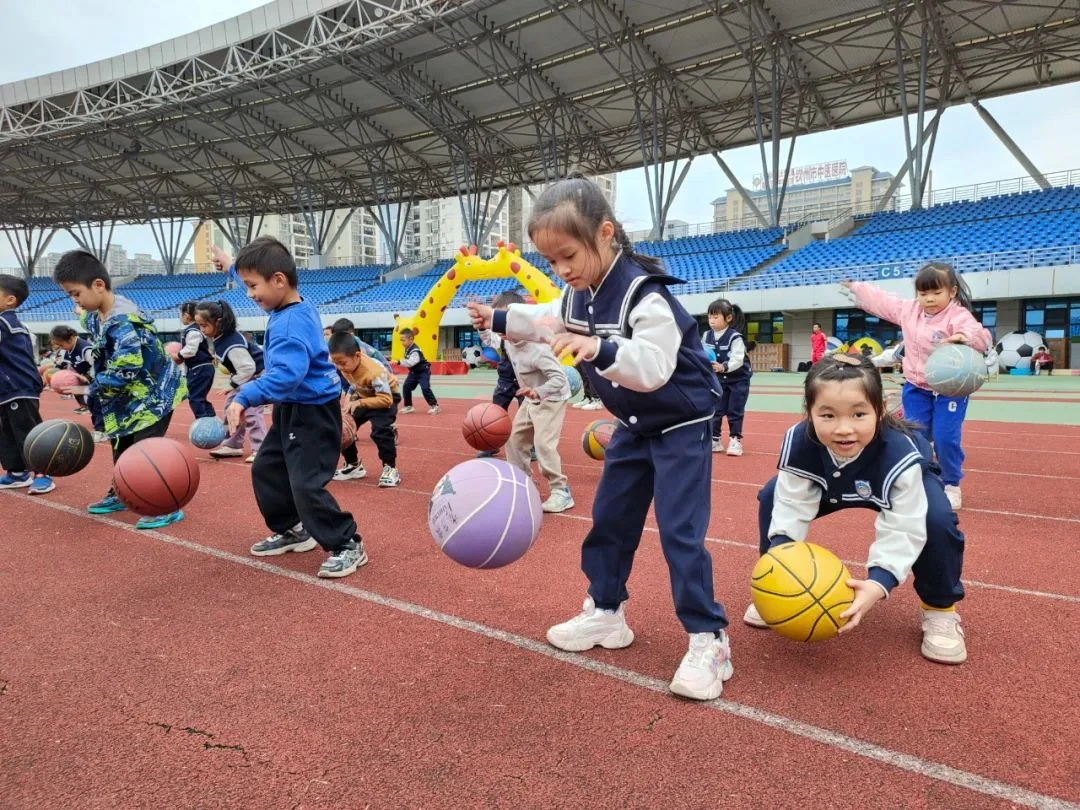Choosing the right soccer ball can make all the difference in performance. Soccer balls may seem identical at first glance, but dig a little deeper and you'll discover the complexities and nuances that distinguish various balls by size, materials, and intended use. For those new to the sport or even seasoned players looking to brush up on their knowledge, understanding the standard sizes of soccer balls is essential.

At the heart of it all is the regulation size 5 soccer ball, which is used in all professional, collegiate, and international matches for players over the age of 12. With a circumference of 68 to 70 centimeters and weighing between 410 to 450 grams, the size 5 ball provides a perfect balance of weight and control. This size is specifically designed to optimize the pace and feel of the game, allowing for the highest degree of skill, speed, and technique.
Why is the size 5 ball the gold standard in soccer? It comes down to the tactile experience it offers players across different skill levels. When a player kicks a size 5 ball, the feedback they receive is immediate and precise, allowing them to adjust their movements for improved control. This brings us to the material construction—a crucial factor that also affects the weight and playability of the ball. Most size 5 soccer balls are made of high-quality leather or synthetic leather, like polyurethane; these materials offer durability, water resistance, and a softer touch, making them suitable for all weather conditions and various playing surfaces, from grass to artificial turf.

Now, authenticity plays a role as well. Any soccer ball used in official matches must meet FIFA's stringent criteria. The FIFA Quality Pro stamp ensures that a ball not only meets international guidelines but has also been rigorously tested for attributes like circumference, weight, rebound resilience, and water absorption. This certification assures players that their ball is of the highest standard, offering consistent performance every time it’s on the pitch.
In contrast, size 4 soccer balls are tailored for younger players, typically under the age of 12.
These balls measure 63.5 to 66 centimeters in circumference and weigh between 350 to 390 grams. For young players developing their skills, these smaller and lighter balls reduce the risk of injury and allow more comfortable and effective practice sessions. They mirror the adult-sized balls in construction but offer enhanced maneuverability that is crucial for children learning fundamental techniques and defensive strategies.
soccer ball standard size
For even younger enthusiasts, size 3 soccer balls are ideal. With a circumference of 61 to 63 centimeters and weight between 300 to 320 grams, these balls are perfect for little ones just beginning to acquaint themselves with the game. This smaller ball size is suitable for children between the ages of 8 and under because it encourages quicker adaptation to the sport’s dynamics—a good confidence booster for future soccer stars.
At the grassroots level, understanding the differences in soccer ball sizes is instrumental in nurturing the next generation of players. Coaches and parents play a pivotal role in selecting the appropriate ball for training and matches, ensuring that equipment matches developmental needs. The right ball size can cultivate interest, improve skill sets, and make the game more enjoyable for budding athletes.
For consumers, trust in well-regarded brands that adhere to international standards is crucial. It’s crucial not to be swayed solely by aesthetics or marketing gimmicks but to rely on brands known for their commitment to quality and regulatory compliance. Professional assessments and user reviews can provide firsthand information on ball performance, durability, and practicality, reinforcing one’s buying decision with evidence-based assurance.
Knowledge about soccer ball sizes helps underline crucial aspects like skill development, safety, and authentic game experience. Whether you aim to play recreationally or professionally, picking the right soccer ball should be based on informed decisions that respect the structure and spirit of the sport. Prioritizing FIFA-certified equipment ensures players can weave their path to skill mastery, making every match both competitive and thrilling.












